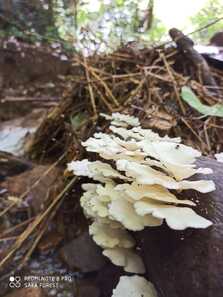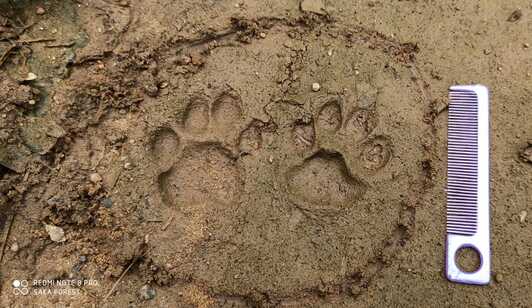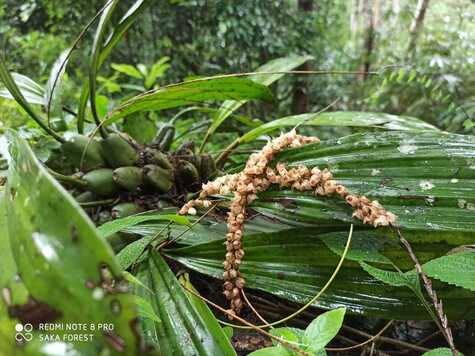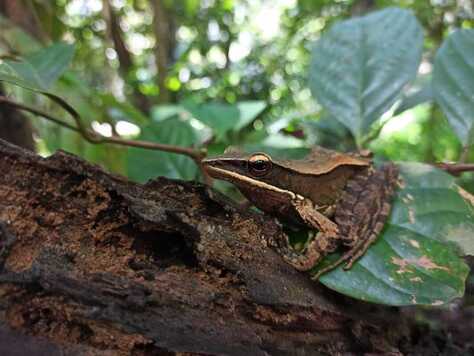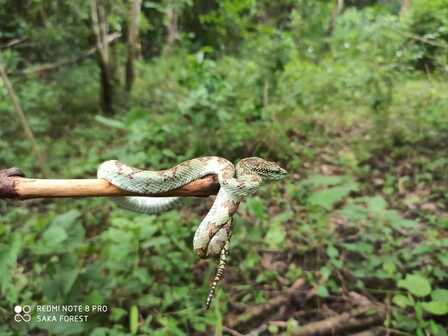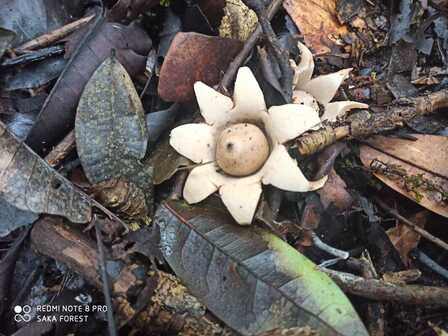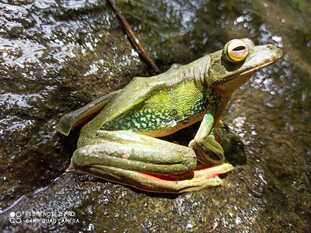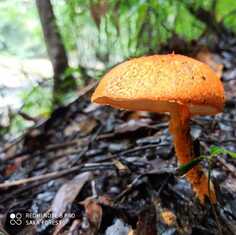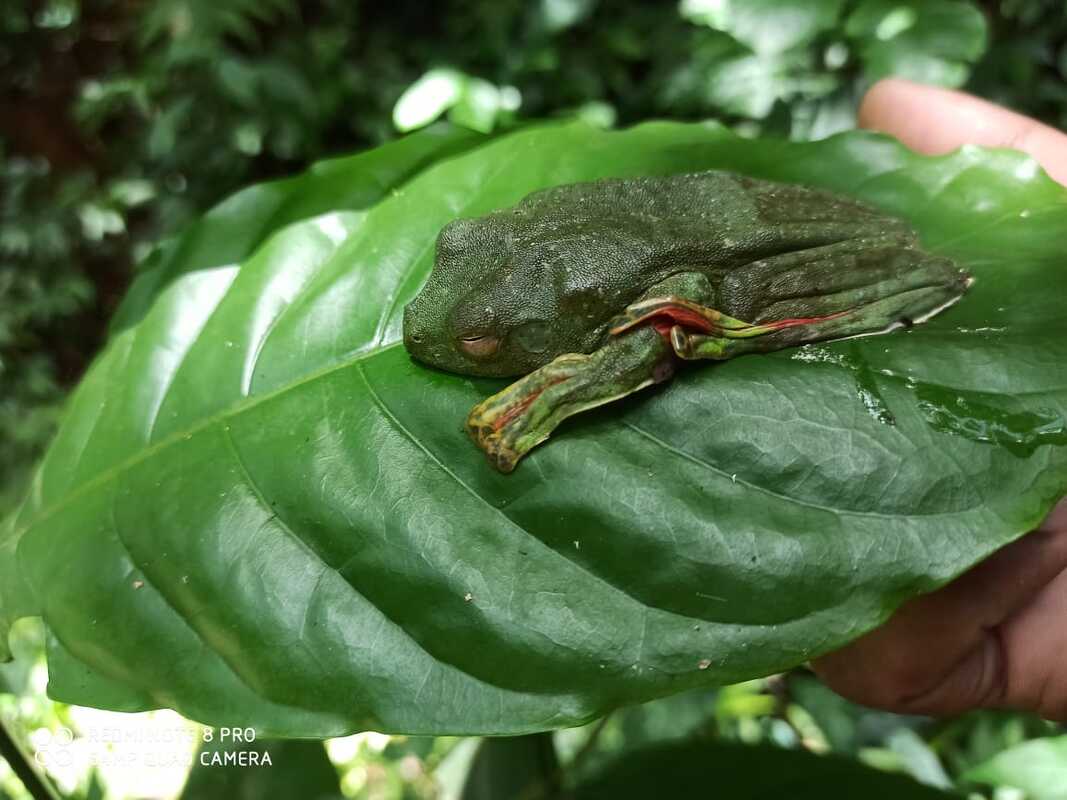|
Mr. Aravind A., an anti-poaching watcher and guide from the Anamalai Tiger Reserve was interviewed by YNN members Nanditha Ram Satagopan and Rohith Srinivasan as part of our World Ranger Day initiative, In Nature's Defence.
Aravind has been an anti-poaching watcher for more than 10 years, protecting and patrolling the thick jungles of the Anamalai Tiger Reserve. He has also been involved in recording the tiger census of the reserve. A field guide and nature educator for visitors and locals of the area, he aims to spread awareness and inspire people to fall in love with the forests he cherishes so dearly. |
I have been working as an anti-poaching watcher at the Anamalai Tiger Reserve for more than 10 years now and I also guide scientists, researchers, school students and tourists who come to the Anamalai Forest Reserve to learn about its beauty and biodiversity. I hail from Valparai- I've lived in and around forests from a young age and have grown very fond of them. Unfortunately, my family wasn’t well off so there was always pressure at home to study hard and join the military.
As a child, I used to go into the forest regularly to collect firewood. Once, when a friend and I were returning with some fresh wood, a group of people from an organisation called NCF (Nature Conservation Foundation) stopped us. They made us kneel on the ground and interrogated us- we didn’t know what was happening. I later learnt that they were protecting the forests and had mistaken us for poachers. That was when the seed of interest in becoming an Anti-poaching Watcher was sown. After completing my education in school, I worked at the Sathyamangalam Tiger Reserve for a while. Subsequently, I joined the Anti-poaching team of the Anamalai Tiger Reserve. My job is a blessing to me and I am incredibly thankful that I get to work in the jungle every day. Even the rangers and watchers I work with are amazing and I never feel any difficulty doing my job.
My daily routine involves my fellow APWs and I reporting to the guard watcher as soon as we wake up so that we can be briefed about our duties for the day and get updates about the wildlife in the reserve. Based on the news and information we get, we decide whether to visit the field or not. We do a general field visit to check the forest for elephants and deer in the morning. In the field, we note down everything- from tiger and leopard scat to deer, elephant and bird activity. We are given a GPS mobile to note down all this information, which we report to the Rangers Office who send it monthly to the DFO and to WII, Dehradun. I have also been involved with the tiger census for about 10 years now. Though mobile network coverage is spotty in the reserve, we are familiar with the network tower locations and we know spots in the thick jungle where we can get decent network connection. In case of an emergency, we as a team would go to the nearest such place and contact the office.
Poachers come to the reserve from across the state- during the fruiting season of the coffee plant, they disguise themselves as coffee harvesters and try to capture animals. Around 9 years ago, we caught a poacher and took him to Court where he was prosecuted for his actions. Our Anti-poaching Watch Team is always vigilant. The entry checkpoint to the Reserve is very secure- anyone who wants to enter is questioned. There has been no poaching activity in the reserve over the past 6 years but that doesn’t stop us from monitoring it every week- we make sure to never let our guard down. The pandemic, however, has made my job harder and longer. Since the lockdown was imposed, people have started causing more trouble so our team is on high alert to ensure poaching activity doesn’t pick up.
Catching a poacher is a highly tedious job. Once, when I had suspected a poacher of operating in a particular area, I reported my suspicions to a forest ranger and we assembled a team to apprehend him. After days and nights of tracking him and having to run away from elephants in the process, we finally managed to catch him!
From October to April, elephants come to this part of the forest so we make sure that vehicles travel slowly through these areas. Six years ago, while setting up camera traps for tigers, we were chased by a majestic elephant, which had managed to stay hidden until it was less than 10 metres from us! That memory still makes me shiver. However, having lived in this area for years now, we are familiar with the movements of the elephant herds that traverse our land and even have names for every herd. Elephants are truly amazing animals- they have an impeccable sense of smell and can detect scents from kilometres away. They are so strong that they can even tear down small houses while searching for the rice they store so we try directing the herds by producing noise to steer them away.
To me, the elephants and I are one. They don’t disturb me and I don’t disturb them. These intelligent creatures have excellent sensory memory and know each person by their scent and movement. If I ever go near them, they give me a warning and I simply move out of their way and leave them be.
To me, the elephants and I are one. They don’t disturb me and I don’t disturb them. These intelligent creatures have excellent sensory memory and know each person by their scent and movement. If I ever go near them, they give me a warning and I simply move out of their way and leave them be.
Tigers, unlike elephants, rarely come in contact with humans and the last tiger-human encounter we had was way back in 2010 when a very old tiger found shelter in a cow shed but did not harm any of the cows, because of its frail condition. Leopards prowl the region and sometimes catch domestic calves to satisfy their hunger. Villagers and cow-herders have adapted to the situation, and acknowledge it as their responsibility to keep their livestock safe. We encounter bears during our field surveys, but more often than not, they scurry away if we whistle loudly. Unlike tigers and leopards that shy away in our presence, elephants and bears might become aggressive, so we need to exercise an extra level of caution in their presence.
The forest sustains many local livelihoods, including that of honey collectors. Unlike in many other places, the collectors here do not harm the bees by lighting fires and creating smoke around hives and instead collect honey in a sustainable manner. They would rather get stung by several bees to collect the honeycombs than torment them. Around the Anamalai Tiger Reserve, locals work in private tea estates and plantations.
The forest sustains many local livelihoods, including that of honey collectors. Unlike in many other places, the collectors here do not harm the bees by lighting fires and creating smoke around hives and instead collect honey in a sustainable manner. They would rather get stung by several bees to collect the honeycombs than torment them. Around the Anamalai Tiger Reserve, locals work in private tea estates and plantations.
There are many organisms that I find very interesting- they range from bats to frogs to fungi. I often go looking for fungi in the forests, especially bioluminescent ones- I’ve recorded around 20 species of fungi so far and I never fail to take pictures of all of them. Each season and spell of rain gives rise to different kinds of fungi, each coming in a variety of shapes and colours. I am also very fond of Leopards, Minivets, Malabar trogons, dollarbirds, gliding frogs, Jayarami Bush Frogs, Malabar Banded Peacocks and so many other plants and animals. I can’t help but love the entire forest!
I really want my son to get into the same field as me and work to conserve our wildlife. I have bought a lot of guides and books to help him learn and nurture his interest. I carry my children on my shoulder and teach them about nature by showing them all the creatures around us, making sure that they learn the importance of protecting these beings.

